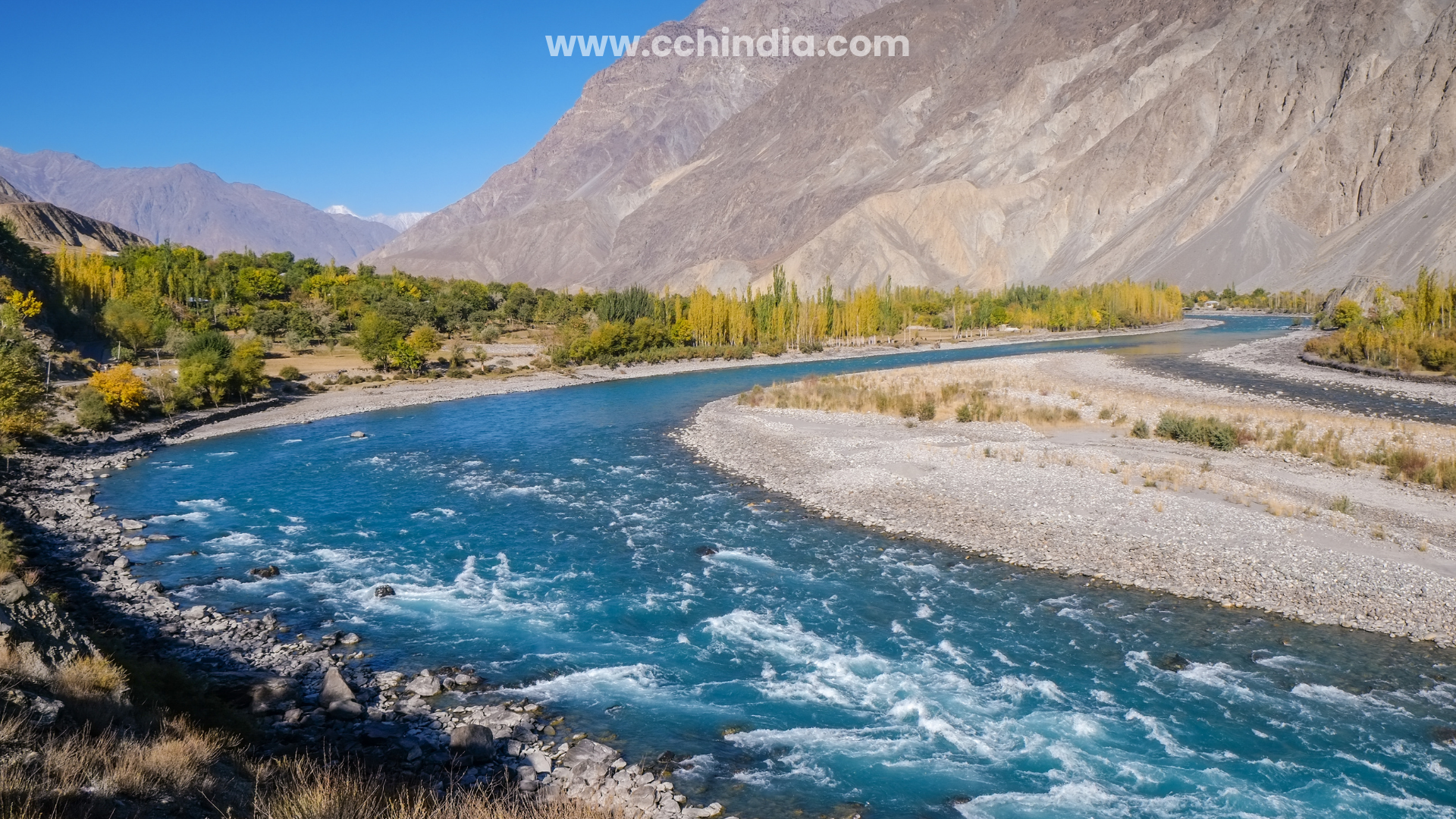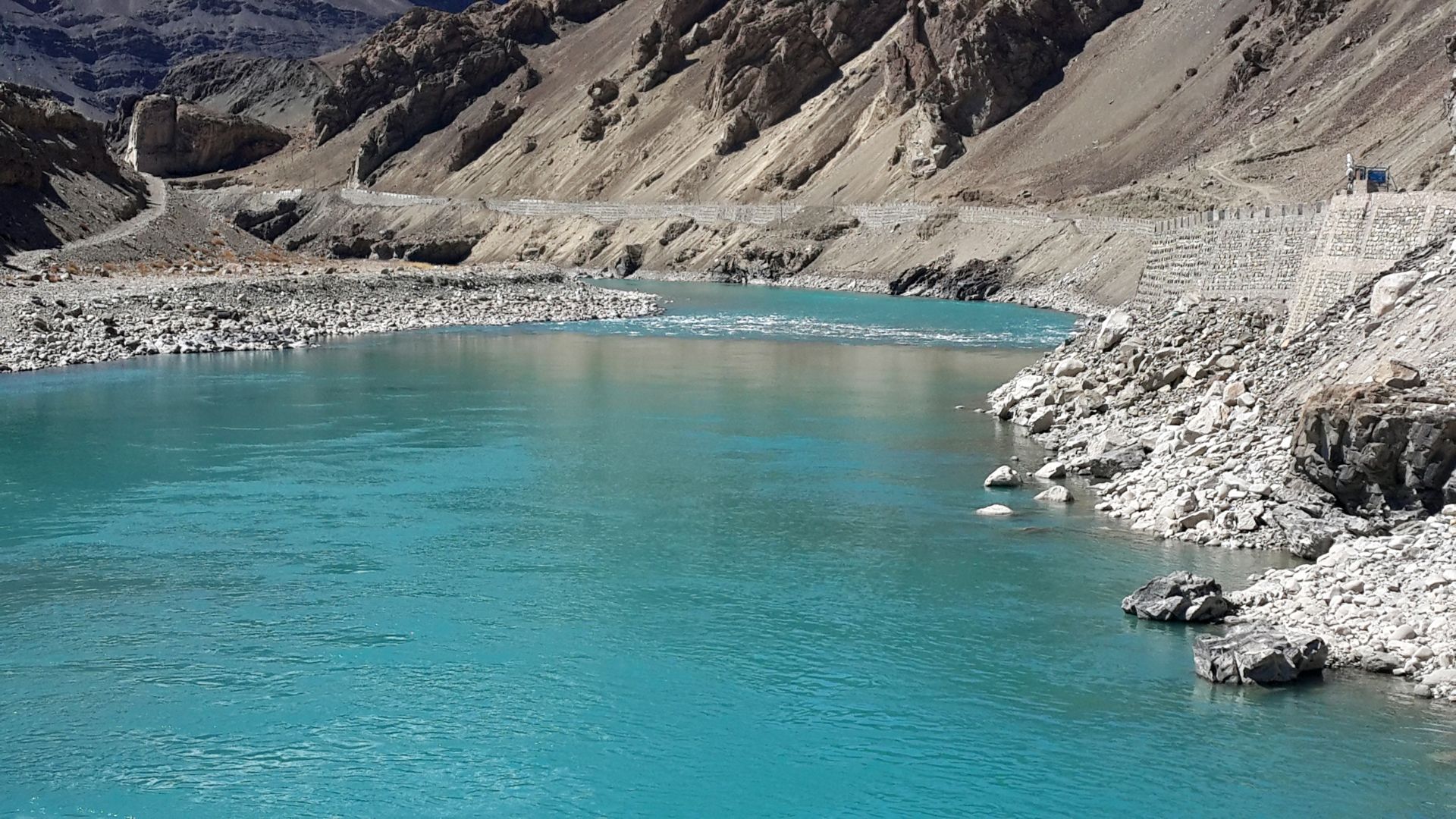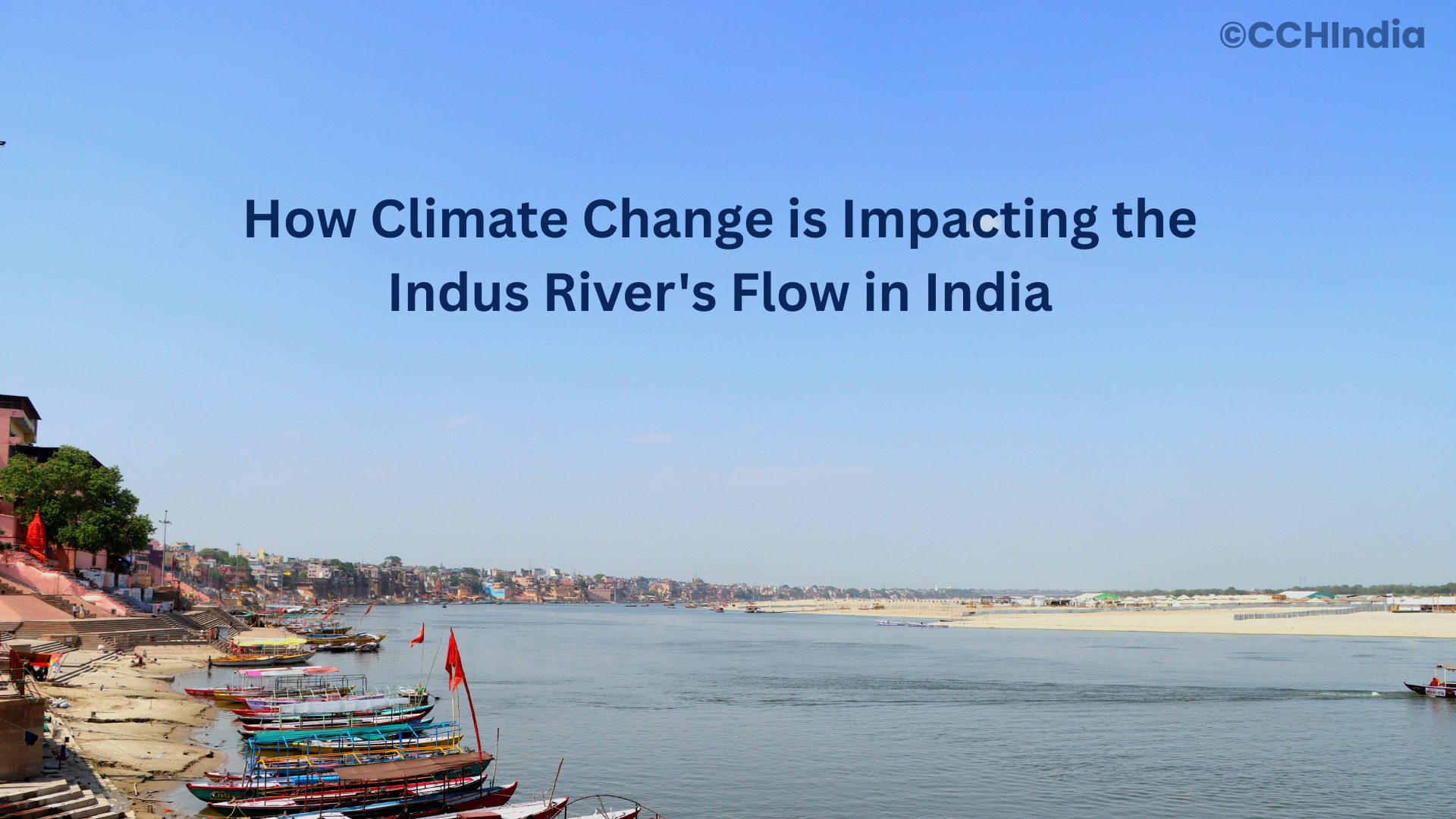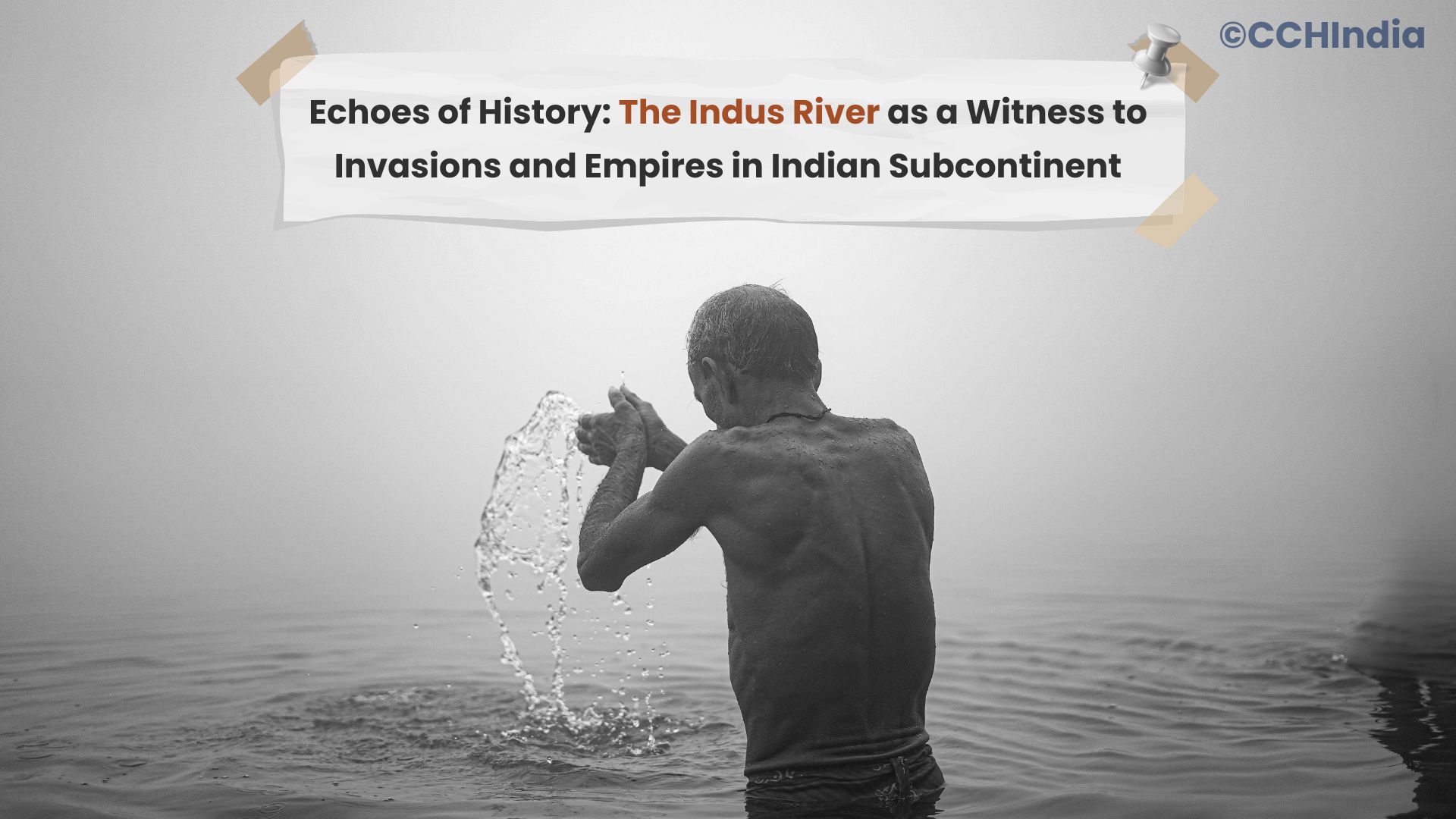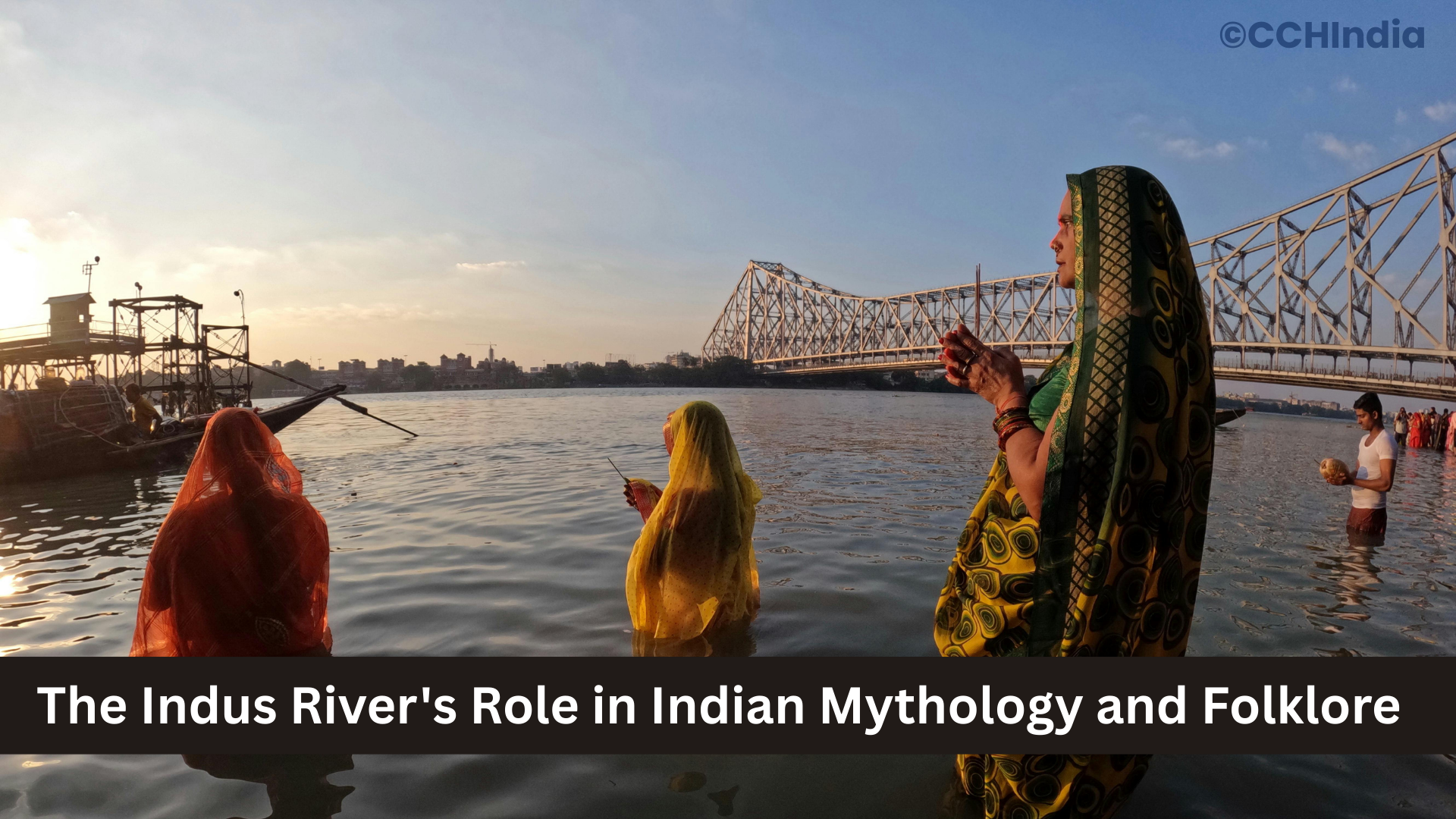When I think of the Indus River, the first thing that comes to mind isn’t some fancy policy paper or academic debate. It’s just this image of water carving its way through mountains, villages, and fields — the kind of sight that makes you stop scrolling for once. But here’s the catch: the Indus is not just a river. It’s politics, survival, and, let’s be honest, a tug-of-war between what we want and what we can actually sustain.
Development Dreams
India’s share of the Indus waters is supposed to be its own, thanks to that old Indus Waters Treaty with Pakistan. But ask farmers in Punjab or engineers working on hydro projects, and they’ll tell you it’s never as straightforward as a treaty on paper.
Big dams, hydropower projects, irrigation canals — these sound like symbols of progress, don’t they? And in many ways, they are. More water for crops, more electricity for villages, and less dependence on fossil fuels. But then I think: at what cost? Have we actually figured out how much “development” the river can handle before it gives up on us?
Sometimes, when I read reports about silt choking canals or villages downstream complaining about reduced flows, I can’t help but wonder if we’re rushing. Like a student cramming before an exam — all energy, no patience.
Diplomatic Tightrope
Now, this is where things get even trickier. The Indus isn’t just India’s river. It flows into Pakistan, and that alone makes it more than just geography — it’s geopolitics.
Every time relations between India and Pakistan hit a low (which, let’s face it, happens more often than we’d like), someone brings up the Indus Waters Treaty. Should India rethink it? Should Pakistan get more say? It’s like a delicate balancing act — one slip, and the whole thing could spiral.
But here’s what bugs me: rivers shouldn’t be held hostage by politics. Water is too basic, too essential. Yet, in the real world, it often becomes a bargaining chip. You know how it goes: agreements on paper, arguments on TV, but the river keeps flowing, indifferent to our quarrels.
Destiny in the Making
When I look ahead, I feel this strange mix of hope and anxiety. Hope, because there are incredible people — scientists, activists, even farmers — pushing for smarter water management, rainwater harvesting, eco-friendly irrigation. Destiny doesn’t have to mean doom.
But anxiety, because climate change is like this silent thief. Glaciers in the Himalayas are retreating, rainfall patterns are all over the place, and summers keep getting harsher. If the source itself starts drying up, what good are our treaties and development plans?
I sometimes imagine a kid standing by the river twenty years from now. Will they see a strong, flowing Indus, or a trickle fighting to survive? That thought keeps me up some nights.
Final Thought
Maybe the future of the Indus River in India isn’t something governments alone can decide. It’s a mix — of policy, of diplomacy, and of how each of us treats water in our daily lives. Sounds simple, right? But simple things are often the hardest to stick to.
So, the destiny of the Indus? Still being written. And honestly, it’s on us to decide if that story is going to be one of pride… or regret. 🌊


